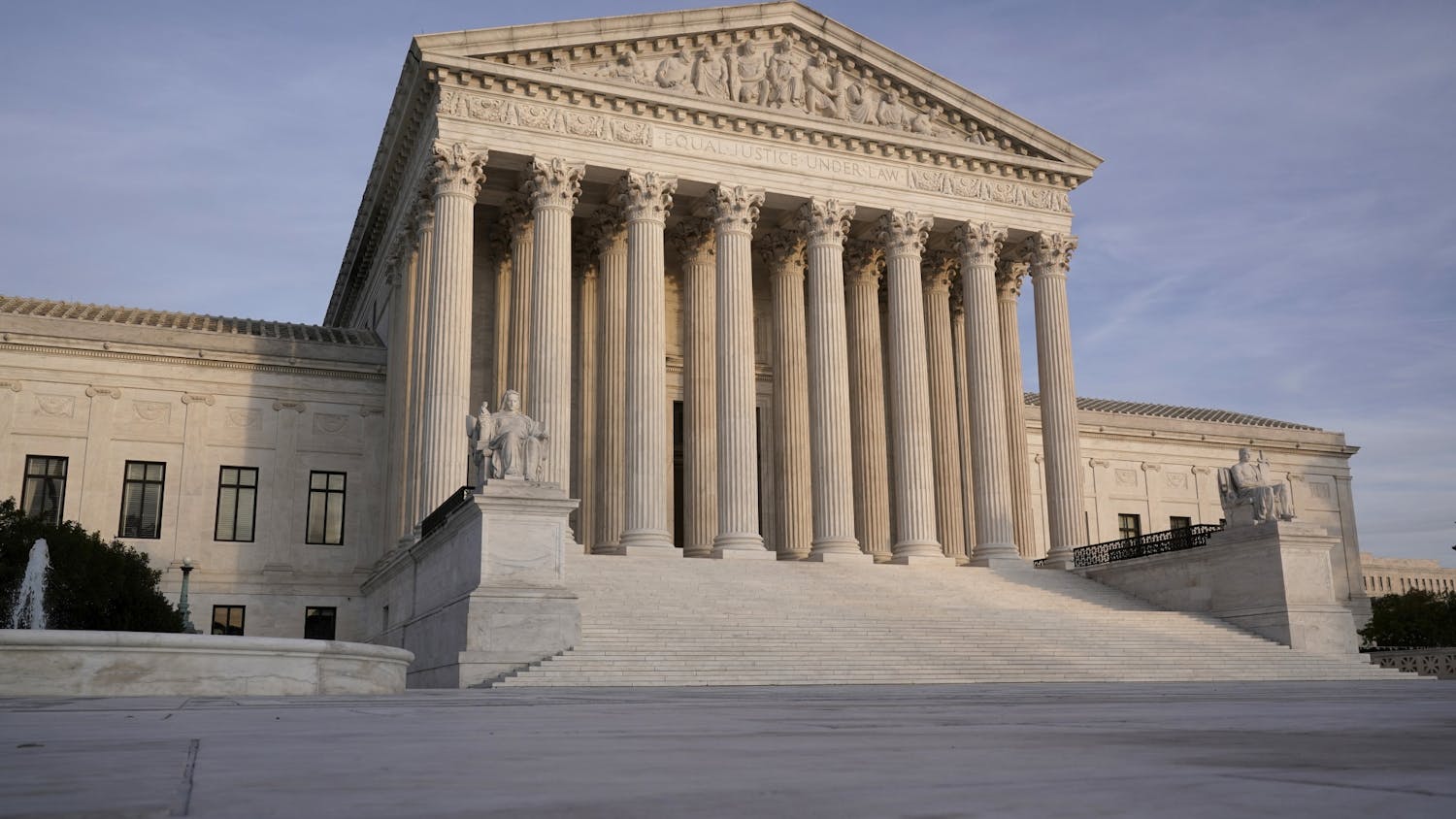I read an article the other day on several interesting cases that could make their way to the Supreme Court in the coming months. One in particular caught my eye: Garza v. Hargan. This case involves a 17-year-old illegal immigrant, referred to as Jane Doe in court documents, who is currently detained in Texas. She arrived in the U.S. pregnant, and has since demanded an abortion.
Under Texas law, a minor cannot get an abortion without consent from a parent or guardian. Doe has neither, but a state court ruled she could get an abortion without parental consent. The federal government, through the Department of Health and Human Services, placed Doe in a shelter with the Office of Refugee Resettlement and was prohibiting the shelter from releasing her from custody to get the abortion.
Today, the U.S. Court of Appeals for the D.C. Circuit ruled Doe is entitled to an abortion without delay.
The truth is she was entitled to get her abortion weeks ago. As the federal government argued, nothing was stopping Doe from leaving the facility and the country on her own accord, where she would have been free to get an abortion. As an illegal immigrant, is there any statute or precedent entitling her to an abortion in the United States? Proponents of Doe’s cause would point to Roe v. Wade, which would likely (and unfortunately) apply in this scenario because Doe is in the United States. Aside from all the legal questions, of which there are many, there is a greater question: Why should we pay for women’s abortions?
Who is paying for Doe’s abortion? In a way, we might be. Do you really think an illegal immigrant who just crossed the border several weeks ago is going to pay for her own abortion? It’s extremely unlikely. In fact, immigration status aside, do you think most lower income women in the U.S. are paying for their own abortions? Think again. That’s where you and I come in with our tax dollars. According to Forbes, taxpayers directly fund 24 percent of the nation’s abortion costs, through the state and federal governments. The other 76 percent is funded from private groups such as Planned Parenthood. Planned Parenthood receives more than half a billion dollars per year from the federal government. Doe’s lawyers at the ACLU stated that “private funds” would be provided for her abortion. That may be the case, but if these “private funds” came from a group like Planned Parenthood, a group that has spoken out in defense of Doe, then taxpayers are still indirectly involved.
Whether we like it, taxpayers are directly and indirectly funding abortions. I personally find this to be reprehensible and unacceptable. Roe v. Wade grants women the right to have abortions, but it doesn’t grant them the right to have free abortions. If you want to abort your child, could you do it on your own dime? I’d prefer not to contribute.
In its first few months, the Trump administration has already made significant decisions to protect life. My hope is the administration goes further, by ending the direct and indirect use of taxpayer dollars for abortions. Feminists would probably claim their rights are being taken away. This is simply false. The fact is Roe v. Wade is the law of the land, and that is unlikely to change. Restricting funding for abortions is not the same as restricting access, which women will undoubtedly still have. The only caveat? A woman would have to pay for her own decision. Imagine that. Is this really too much to ask?
Eduardo Neret is a UF finance senior. His column appears on Wednesdays.





